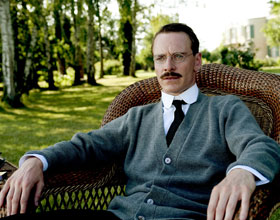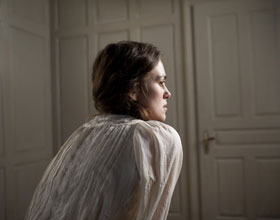

In June 1905, less than a year after her arrival at the Burghölzi, Spielrein began her studies at the Zurich Medical School, while continuing her therapy with Jung. During this time, their situation was ambiguous, as Spielrein was in one sense still a patient, but—as someone studying to be a psychologist, and developing her own theories—she was a colleague. With Freud in Vienna, there’s no question that Spielrein provided the most stimulating conversation in Zurich (aside from Otto Gross’s brief sojourn), something he hungered for, and Spielrein’s obsession with Jung grew.






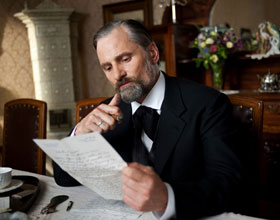
Otto Gross starved to death in Berlin in 1919.
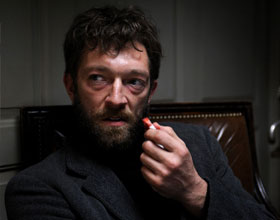
Sigmund Freud was driven out of Vienna by the Nazis and died of cancer in London in 1939.

Sabina Spielrein returned to Russia and trained a number of the most distinguished analysts of the new Soviet Union before finally returning to practice medicine in her native town, Rostov- on-Don. In 1941, by now a widow, she and her two daughters were taken by Nazi occupying forces to a local synagogue and shot.
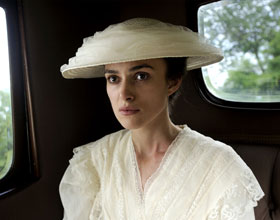
Carl Gustav Jung suffered a prolonged nervous breakdown during WWI from which he emerged to become, eventually, the world's leading psychologist. He outlived his wife, Emma, and died peacefully in 1961.
